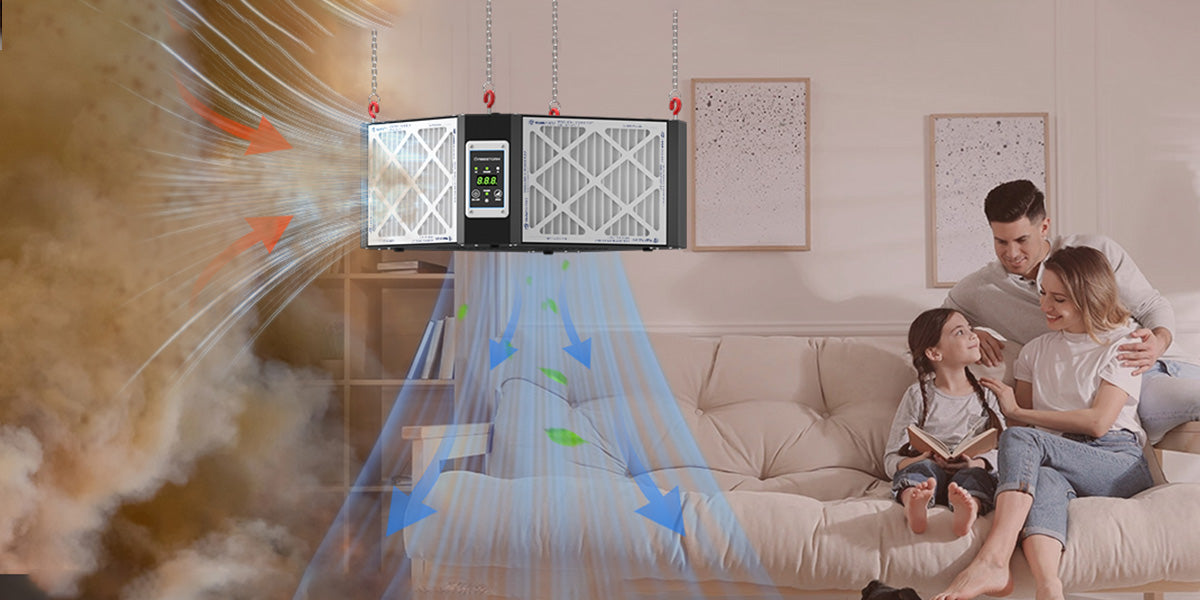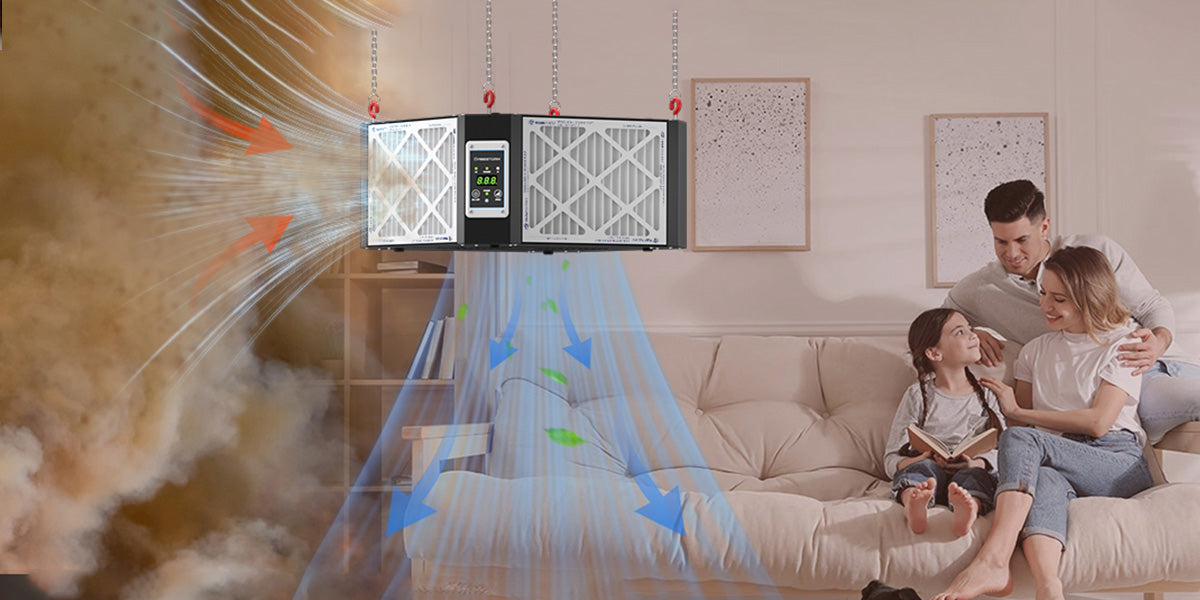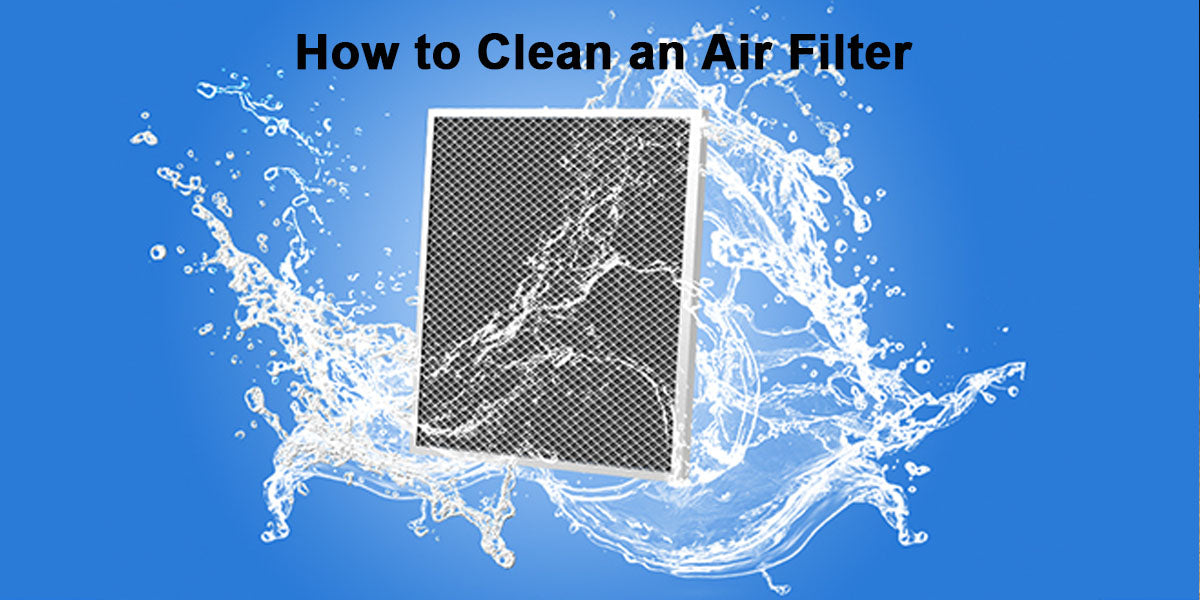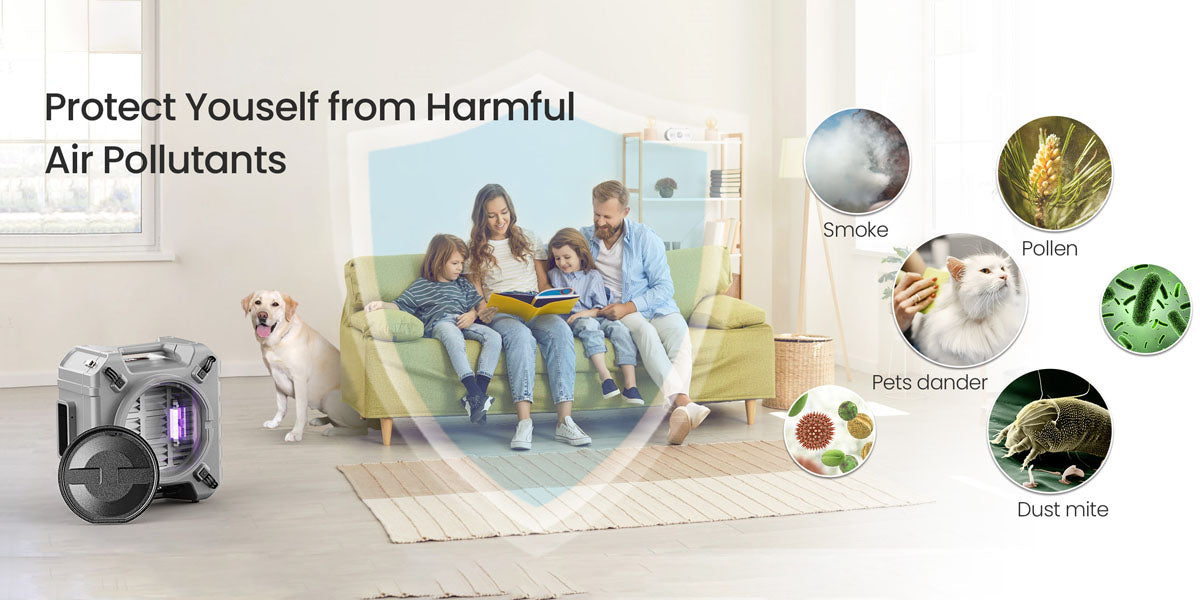After the pandemic and the spread of other airborne diseases, the importance of clean indoor air is highlighted, and we must agree to it. Factories and workshops are a hub of dust and contaminants, so to prevent this, there are either dust collectors or air filters.
Now the real problem is, which one to choose when? No problem! It's time to explore the difference between these two options so that you can make a worthy decision for optimal air quality.
What Is a Dust Collector?
A dust collector is a powerful air-cleaning industrial-grade system that can capture heavy dust and waste at the source, right where it’s produced. The purposes of a dust collector include:
● To remove dust particles directly at the point of generation.
● It protects employees from inhaling hazardous dust and reduces the risk of respiratory illnesses, skin irritations, and other health issues.
● It can prevent dust accumulation on machinery, which can lead to premature wear, malfunctions, and increased maintenance costs.
● Dust collectors mitigate the risk of combustible dust explosions by collecting and containing flammable particulate matter.
Main Components of a Dust Collector
● Inlet duct that captures air from the dust source.
● Filter media such as bags, cartridges, or cyclones remove contaminants.
● Pulse jet or shaker system to clean filters.
● A dust bin/hopper that collects separated dust for easy removal.
● Motor & blower with high-CFM airflow.
How Dust Collectors Work?
Dust collectors are equipped with a fan or blower that pulls in dirty air from machines or workstations. The air goes through filtration components such as baghouses, cartridge filters, or cyclones, and the system traps the large dust particles and expels the clean air.
The collected dust is stored in a hopper or bin for disposal. Further, you can check out our detailed guide on how dust collectors work for a better understanding and more efficient usage.
Area of Uses for Dust Collectors
Dust collectors are used in a wide range of industrial sectors, including:
● Woodworking
● Metalworking
● Mining and Quarrying
● Pharmaceutical
● Food Processing
● Cement and Concrete
● Chemical Processing
● Agriculture
● Abrasive Blasting

What Is an Air Filter (Purifier)?
An air filter removes particulate matter and other pollutants from the general airflow within a space or system. They are often found within HVAC systems, air purifiers, and even vehicles to improve the overall quality of the air being circulated. The major purpose of an air filter is:
● Improve indoor air quality by removing common airborne contaminants.
● Neutralizes smoke, odors, and harmful VOCs.
● Activated carbon filters can absorb and remove unpleasant odors and some gaseous pollutants.
● Air filters mitigate allergy and asthma symptoms by removing airborne allergens.
● For product protection in industries, high-efficiency filters (HEPA, ULPA) are used to maintain extremely low particle counts for sensitive manufacturing processes.
How Air Filters Work?
An air filter works by pulling in air and passing it through special filter media. It captures dust, pollen, and smoke from the air through different mechanisms. Air filters trap larger particles by hitting the filter fibers, and smaller ones move randomly and collide with the fibers.
While the size of air filtration you need depends on the specific contaminants present and the air quality standards required for your project. The result is cleaner air that is either recirculated back into the room or used in a specific system like an HVAC or cleanroom.
Common Components in Air Filters
● Pre-Filter that captures large particles like hair and lint.
● HEPA filter to trap 99.97% of particles as small as 0.3 microns.
● Carbon filter to absorb odors, gases, and VOCs.
● A fan/motor that can move air through the unit.
● CADR rating measures efficiency in removing dust, pollen, and smoke.
To get the high-quality HEPA air filter components, visit Abestorm.
Area of Uses for Air Filters
Air filters are found in numerous applications:
● HVAC Systems (Residential & Commercial)
● Air purifiers
● Vehicles
● Hospitals and healthcare facilities
● Data centers
● Cleanrooms
● Food Service
● Painting Booths
Dust Collector vs Air Purifier: Which One Is Right for Your Needs?
|
Feature/Use Case |
Dust Collector |
Air Filter / Purifier |
|
Primary Function |
Captures dust at the source |
Cleans the general air in a room |
|
Ideal For |
Industrial use, workshops, manufacturing |
Homes, offices, and allergy control |
|
Particle Size Targeted |
Large dust, shavings, debris |
Fine dust, allergens, smoke, VOCs |
|
Cost |
Higher initial and maintenance costs |
More affordable for most users |
|
Filter Type |
Bags, cartridges, and cyclonic separators |
HEPA, activated carbon, pre-filters |
|
Maintenance Needs |
Frequent filter cleaning or replacement |
Occasional filter replacement |
|
Common Applications |
Woodshops, CNC areas, and metal grinding |
Bedrooms, living rooms, hospitals |
Can You Use a Dust Collector and Air Filter Together?
Yes! In high-dust conditions like woodworking shops, it’s best to use both systems together:
● The dust collector captures heavy particles right at the machinery.
● The air filter removes any remaining fine particles floating in the air.
This dual setup ensures maximum indoor air quality and meets both safety and health standards.

Are HEPA Air Filters Better Than MERV Filters?
HEPA filters capture 99.97% of 0.3-micron particles. They are best for allergy and asthma relief. MERV Filters (8–13) are effective for general HVAC use and to capture larger particles, and MERV 16 or higher filters are used more in commercial or healthcare HVAC systems. You can pick the air filter according to the indoor air quality needs.
How to Choose the Right Air Cleaning System?
Here are a few tips to choose the right air cleaning solution:
● Check the dust load because heavy dust = dust collector, and light dust and allergens = air purifier.
● Measure the area, and for this, use CADR ratings or CFM specs to match the room size.
● Understand filter replacement needs because some filters are washable, while others are disposable.
● Consider noise levels, as industrial dust collectors can be noisy; home air purifiers are quieter.
● Check your budget because industrial collectors are costlier but essential in high-dust zones.
Final Thoughts- Should You Buy a Dust Collector or an Air Filter?
You can choose a dust collector if you generate a large amount of particulate at specific points, like a saw or sander. If you need to maintain breathable air across a whole room or home, you can buy an air purifier, and for complete air quality control, especially in workshops or garages, use both systems together.







Shop For Dehumidifier
Abestorm 170 PPD 2,100 Sq.Ft Commercial Dehumidifier with Pump and Drain Hose | Hurricane 800
Abestorm 190 PPD 2,600 Sq.Ft Commercial Dehumidifier with Pump and Drain Hose | Hurricane 900
Abestorm 180 PPD 2,300 Sq.Ft Commercial Dehumidifiers with Pump and Drain Hose | Hurricane 85P
Abestorm 180 PPD 2,300 Sq.Ft Commercial Dehumidifier with Pump and Drain Hose | Hurricane LGR85